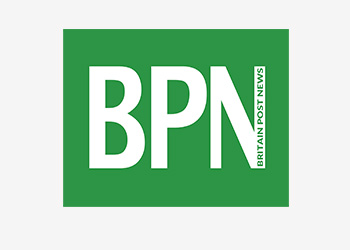Bank of England broadens bank stress tests to include extra buffers


The Bank of England today announced it will broaden the scope of its bank stress tests to include buffers designed to protect the UK financial system.
The tests, which will take place near the end of the year, will include the systemic risk buffer, the Bank's Prudential Regulation Authority (PRA) said in a statement.
In the 2018 stress test the Bank expects "uplifts" in the hurdle rates which banks must achieve to pass the test. Lloyds will be hardest hit, with an extra 2.5 per cent on its hurdle rate, while Royal Bank of Scotland will have 1.5 per cent added. Barclays, HSBC, Nationwide and Santander UK will all have one per cent added.
Read more: Banks to be subjected to cyber stress tests to gauge attack preparedness
Some major British banks are required to hold extra capital, the systemic risk buffer, to ensure that losses in a major financial crisis do not sink the bank and threaten the stability of the entire UK financial system.
"The calculation of minimum capital requirements incorporated in the hurdle rates will more accurately reflect how they would evolve in a real stress," the PRA said.
The Bank's last stress test in November modelled how banks' balance sheets would cope with a massive fall in house prices, a global recession, and four per cent interest rate to combat surging inflation. Only Barclays and RBS fell short of the Bank's requirements last year.
The bank will also adjust how it accounts for the impact of extra “Pillar 2A” buffers in the stress tests.
Read more: Finally, all banks pass the stress tests: is now the time to invest?
[contf] [contfnew] 
CityAM
[contfnewc] [contfnewc]

